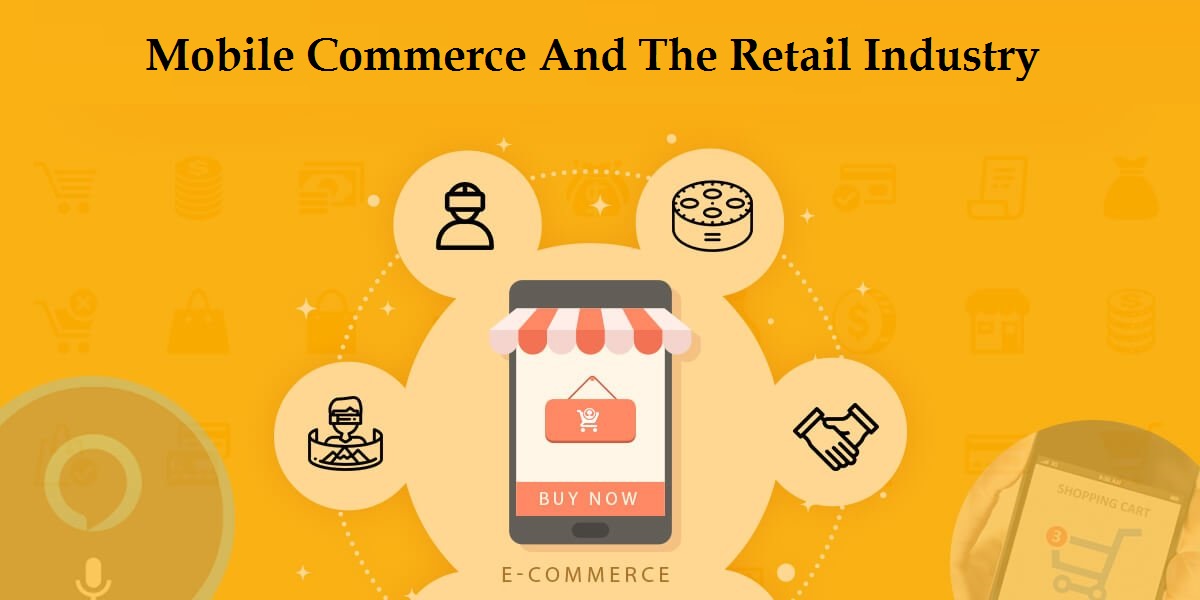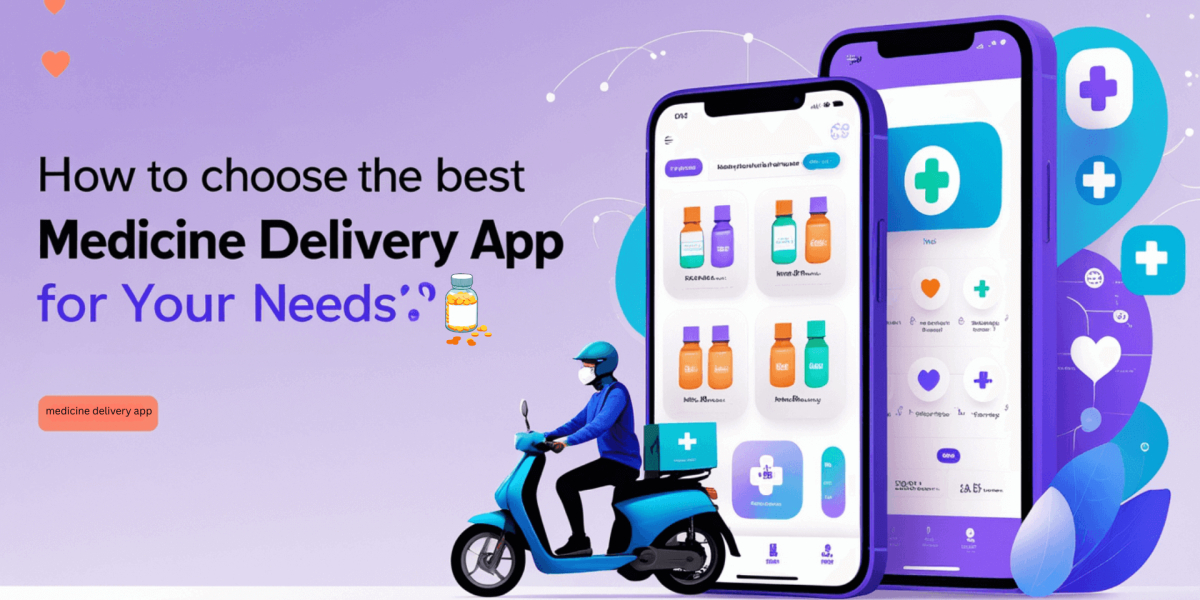Mobile Commerce And The Retail Industry
- By Zubair Hassan
- 03-09-2020
- Mobile Apps

Ecommerce has grown bigger and evolved into M-commerce to a great extent. Many retail shops have turned into online shops on smaller and large screens. Particularly, virtual shops have moved from big screens to smaller ones right in users' hands. This suggests that online retailers and business owners have to work smartly and with a shrinking space.
If we take a look a few years back, electronic commerce was associated with the web, where to set an online store, businesses had to create an ecommerce website, market it, and sales used to get started. Earlier, ecommerce was simper where computers or laptops were used for browsing the website, and mobile phones were used to connect for calls.
However, these days, many online users are turning to mobile shops via mobile apps or progressive mobile apps. A satisfying mobile app experience refers to offering simple ways to users in order to enable users to get the products they want in an easy and fast way. However, still there are miscellaneous challenges to outdo in mobile commerce. This makes it complex for online businesses and mobile apps to grab users' attention completely, which is an essential requirement in making a purchase. The following paragraphs cover some of the important features of mobile commerce that can help improve user experience and increase sales.
Make Mobile Experience Quick and Easy
Many online sellers who began with an online website are not wiggling towards a mobile app because it offers multiple benefits. The basic aim most of these retailers have is to fit their selling demands into small screens. However, getting a mobile app without understanding your audience and their need best mobile application development company to the quick and disappointing realization that conversions through this do not meet high requirements.
It is vital to go through every element of the mobile experience. Small aspects should be considered while developing a mobile app. Like, button placements need to be aligned by keeping in mind that how users carry their phones. The most important call to action button needs to be adjusted within an easy reach for the fingers of users for both right-handed and left-handed ones.
Along with this, the mobile app design and experience should be created with a different approach rather than just adjusting the website into the app screen. The limitations of the mobile screen should be studied, identified, and overcome with a better strategy. In sort, the app features should be focused on finishing a purchase in fewer steps with minimal disruptions along the way.
Surprise and Delight
A satisfying user experience calls for easy navigation and simple use of features to get the desired products. These conveniences may begin from easy search and filters to product display and descriptions. This has led retailers and mobile app development company providers to focus on personalization. It is an amazing way to keep users engaged; this way, they are enabled to reach a selection of products relevant to their requirements. For this, user behavior and past purchases information offer assistance and suggestions for their personal preference and purchases in the future.
A strong element that drives sales is convenient product discovery. An extensive list of products under several different categories may bring better results on large screens, but it might not work as effectively on a cellphone as on a desktop device. The reason for this is simple; tapping in and out on products to get more information can be complicated on a mobile device. Therefore, a "quick view" or necessary details right behind the product can work more effectively for both smartphones and desktop versions.
Further, checkout and payment are the final steps in the online shopping journey. This needs to be easy and simple. No matter how much a buyer likes a product, if they find any inconvenience in the payment section, there are high chances that the conversion chain breaks.
Carts Abandonment
According to several studies, many buyers do not complete their shopping and leave carts abandoned. There can be various reasons for abandoned carts. However, sometimes the reason behind this is that users do not feel easy or comfortable in making purchases on a smartphone, and rather they prefer checking out on a desktop device. It might happen because online shoppers use smartphones to discover and learn about products and make purchases on a relatively bigger screen. A laptop or a computer can show product listing and display at a bigger screen; therefore, it might be more feasible for some users. Also, big screens are free from distractions.
It concludes that users go through a seamless experience while switching between various platforms. Users should feel the cohesive behavior regardless of the platform they use for shopping. For achieving success in mobile commerce, retailers should treat this platform as an individual selling platform along with a directing tool for e-commerce websites. There are both benefits and limitations of small screens for mobile commerce so, its beneficial to embrace both without the need to adjust desktop into palm-size devices.


.jpg)


